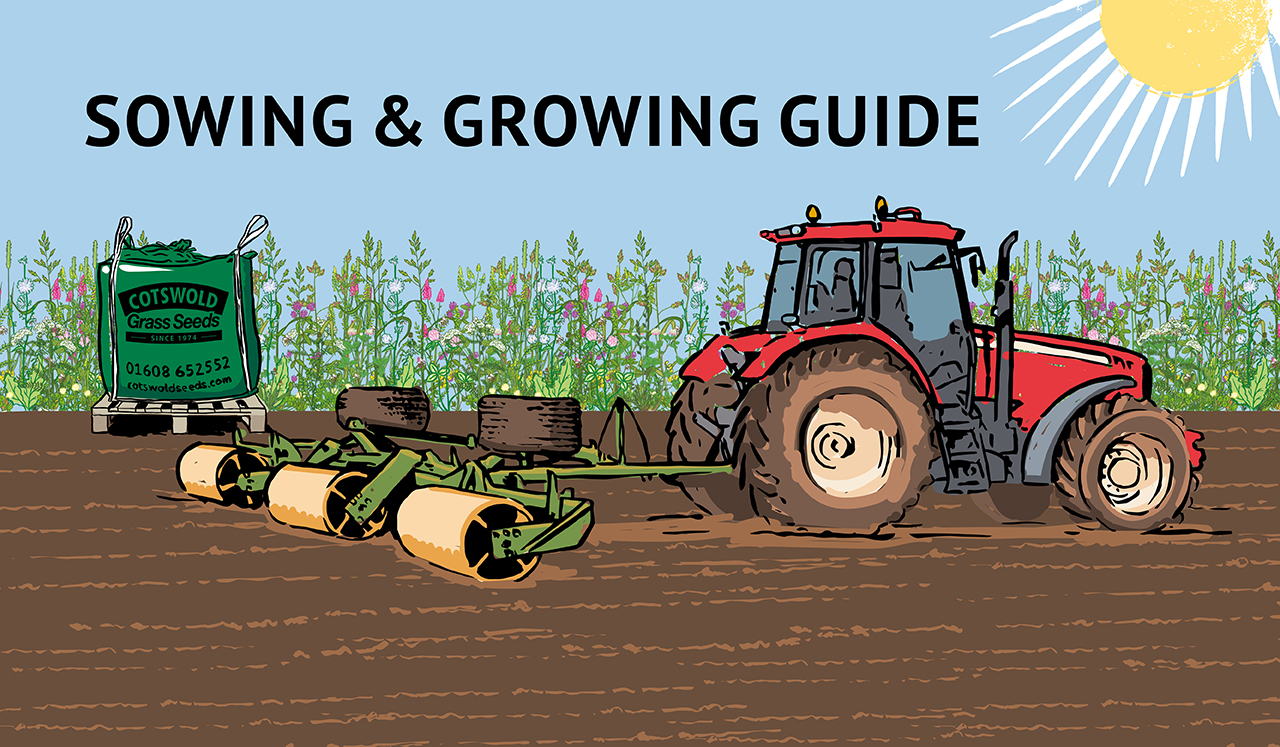

Berseem clover (trifolium alexandrinum) is a short term legume also known as
Egyptian clover. It provides fast growing biomass and nitrogen fixing when sown in warm soils. Berseem clover is popularly used as green manure. It's an excellent cover crop and a useful weed suppressor.
Its high growing point makes it generally unsuitable to grazing or cutting, unless it is to terminate. Due to its high biomass, fleshy nature and low frost tolerance, the green material can break down quickly, making it easy to incorporate before the following crop.
When to Sow: Berseem clover should be sown when soils are warm (the soil should be no less than a constant 7 degrees temperature). This is usually from April through to early September, with adequate soil moisture. This is the least winter hardy of the true clovers so late autumn sowings should be avoided.
Sowing Rate: 1.5 g/m2 - 6kg per acre - 15kg per ha.
Preparation: The most successful results come from sowing into a newly prepared seedbed. Aim to cultivate the top soil to about 5cm, with a light cultivator or discs. The finished seedbed should be fine but firm, with no clods. Several passes with a cultivator may be needed to achieve this.
Sowing: Clover seed is small and should be broadcast or drilled to a shallow depth (no more than 10mm). Sowing too deep will reduce the germination dramatically. The soil should be rolled before and after sowing to increase the seed to soil contact.
Management: Berseem clover can be combined with aggressive, annual grass species like westerwold ryegrass or other annual clovers such as persian and crimson for a soil improving mixture. Its low frost tolerance can be used as a tool to kill the plant off over the winter months.
Date Posted: 13th January 2023



